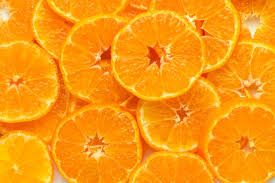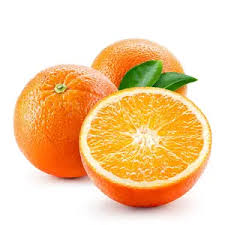
When we choose oranges, pick up each fruit and pay attention to its navel. While the navel of some oranges is large and round, with a very clear indentation in the middle, most others only have a small dot.
When it comes to quality, there is a big difference between large navel oranges and small navel oranges. When you cut large navel oranges, you will see that the navel is covered with a white membrane, with few segments inside, mostly peel, and an unattractive taste. Generally, the orange segments are not sweet and have less juice than usual.
Small navel oranges, on the contrary, do not have a clear navel, the peel is thin, the segments are more juicy and sweet. Sweetness and water content can be said to be the differences between large navel oranges and small navel oranges. When buying oranges, pay attention to the navel to choose the best fruits.

Choosing a sweet and juicy orange involves a few key steps:
- Look for Color: Choose oranges that have a bright, vibrant color. The skin should be mostly orange, without too many green spots, which can indicate under-ripeness.
- Check the Texture: The skin should be slightly bumpy and not too smooth. A slightly textured skin often indicates a juicier fruit.
- Feel the Weight: Pick up the orange and feel its weight. A heavier orange typically has more juice.
- Examine the Shape: Look for oranges that are round and firm. Avoid those that are flat or have soft spots, as these may be overripe or spoiled.
- Smell the Orange: A sweet aroma at the stem end can indicate ripeness and sweetness.
- Check for Firmness: Gently squeeze the orange; it should feel firm but yield slightly to pressure. If it feels too hard, it may not be ripe; if it’s too soft, it may be overripe.

Leave a Reply